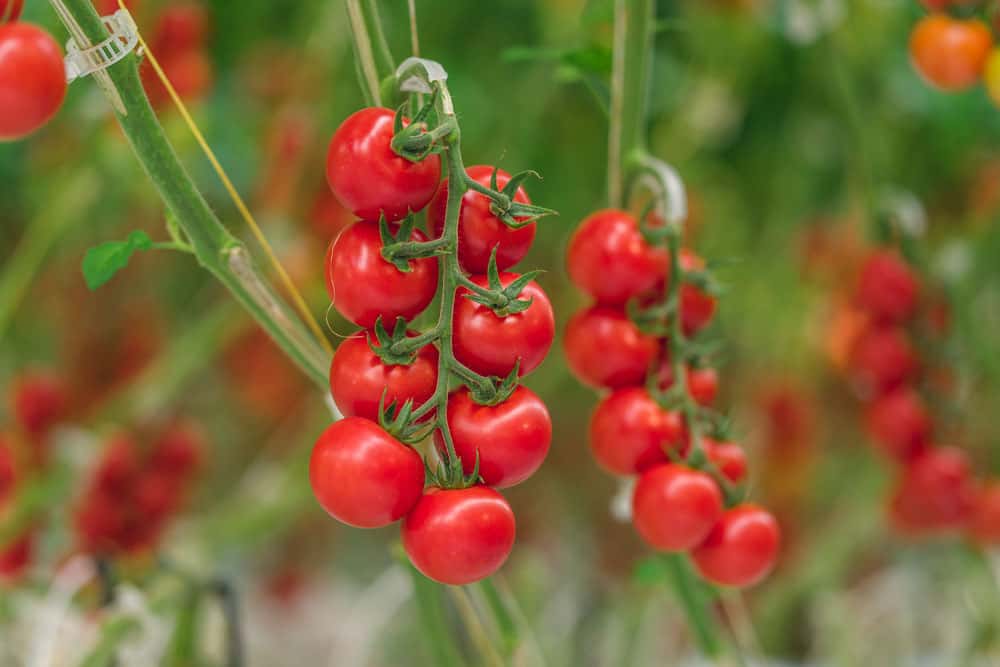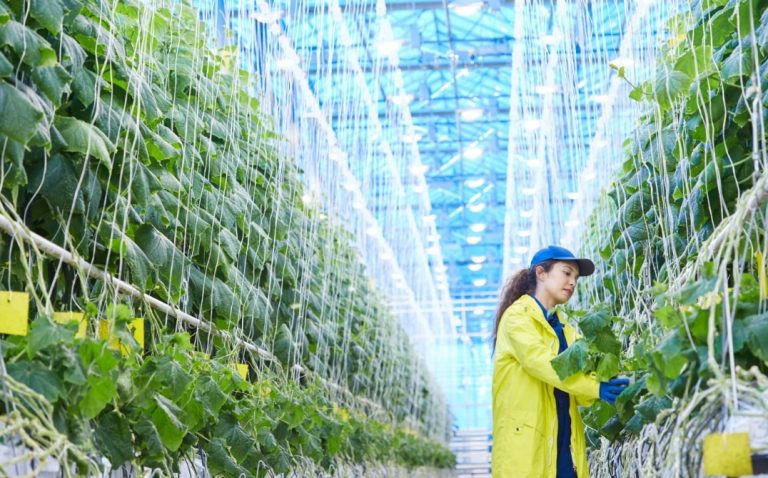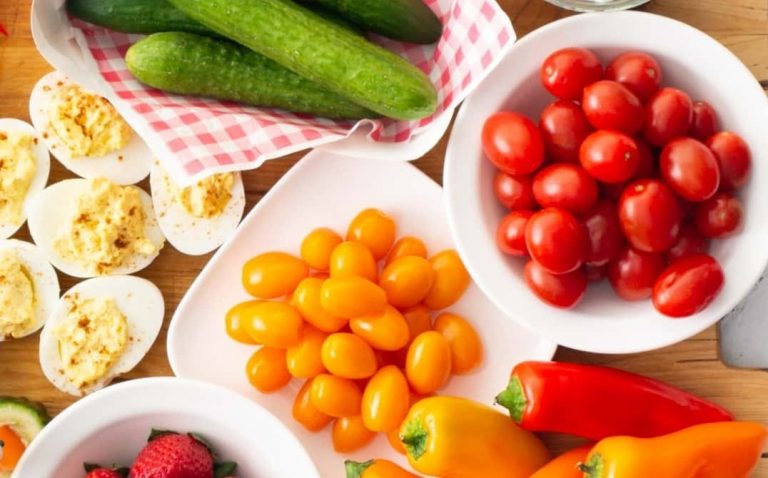Greenhouse grown tomatoes have become a preferred choice for consumers and retailers alike, offering a consistent, high-quality alternative to traditional field-grown varieties. While both types have their place in agriculture, greenhouse grown tomatoes boast several advantages that make them superior in terms of taste, sustainability, availability, and overall quality. Understanding these differences highlights why greenhouse cultivation is shaping the future of tomato production.
Consistent Quality and Year-Round Availability
One of the most significant advantages of greenhouse grown tomatoes is their ability to be produced year-round. Traditional field-grown tomatoes are highly seasonal, with peak availability only during warm months. Outside of this window, field-grown tomatoes must be imported from regions with suitable climates, often compromising their freshness and flavor.
Greenhouses create a controlled environment where temperature, humidity, light, and irrigation are optimized, ensuring tomatoes grow under ideal conditions regardless of the season. This consistency means consumers can enjoy fresh, ripe tomatoes at any time of the year, while field produce may be harvested prematurely for harvest.
Superior Taste and Texture
Field-grown tomatoes are often picked before they fully ripen to endure long shipping distances, allowing them to ripen artificially off the vine. This results in tomatoes that may look ripe but lack the full flavor and juiciness of a naturally ripened fruit.
Greenhouse grown tomatoes, on the other hand, are vine-ripened under precise conditions that enhance their natural sweetness, texture, and aroma. Because they are often grown closer to market distribution centers, they can be harvested at peak ripeness, ensuring a richer, more authentic tomato flavor. Many chefs and consumers prefer greenhouse tomatoes for their superior taste and firmer, juicier texture.
Pesticide-Free and Environmentally Friendly
Field-grown tomatoes are highly susceptible to pests, weeds, and diseases, often requiring heavy pesticide and fungicide applications to protect the crops. While these chemicals help maintain yields, they can also raise concerns about food safety and environmental impact.
Greenhouse grown tomatoes, however, are cultivated in a controlled space that naturally minimizes the risk of pests and diseases. Many greenhouse operations utilize integrated pest management (IPM) strategies, including beneficial insects like ladybugs and predatory mites, which help control harmful pests without the need for synthetic pesticides. This results in cleaner, healthier tomatoes with fewer chemical residues.
Additionally, because greenhouse grown tomatoes require less land and can produce higher yields per square foot, they contribute to more sustainable agricultural practices. Many modern greenhouses also incorporate water-efficient irrigation systems like hydroponics, which reduce water waste by recycling nutrients and using significantly less water than traditional field farming.
Efficient Use of Resources
Field growing is dependent on natural weather conditions, making it vulnerable to droughts, floods, and extreme temperatures. These factors can lead to inconsistent yields, food shortages, and price fluctuations.
Greenhouse growing, in contrast, uses advanced technology to optimize resource usage and increase efficiency. For example:
- Hydroponic and aeroponic systems allow tomatoes to grow without soil, using nutrient-rich water solutions to deliver essential minerals directly to the roots.
- Climate control systems regulate temperature, humidity, and CO₂ levels, creating the perfect environment for plant growth.
- LED grow lights supplement natural sunlight, ensuring plants receive consistent light exposure, even in cloudy or shorter daylight conditions.
By maximizing efficiency and minimizing waste, greenhouses enable higher yields with fewer resources, making them a sustainable alternative to traditional farming methods.
Longer Shelf Life and Less Food Waste
Field-grown tomatoes often experience post-harvest losses due to bruising, over-ripening, and exposure to external elements. Since they must be transported over long distances, they are often refrigerated, which can negatively impact their texture and taste.
Greenhouse grown tomatoes, grown closer to their market destination, typically have a longer shelf life because they are harvested at peak ripeness and do not require extensive refrigeration. This results in less food waste for retailers and consumers, making greenhouse grown tomatoes a more practical and sustainable choice.
More Sustainable and Supporting the Economy
Greenhouse growing supports economies by providing fresh produce to regional markets, reducing dependence on imported tomatoes from distant field farms. With the ability to grow tomatoes in urban and suburban areas, greenhouse operations help reduce transportation emissions, create jobs and further support sustainable food systems.
Additionally, many modern greenhouses incorporate renewable energy sources such as solar panels and geothermal heating to minimize their carbon footprint. With sustainability becoming a key priority in the food industry, greenhouse grown tomatoes align with eco-conscious consumer choices.
A Smarter Choice for Consumers and Growers
While field-grown tomatoes have their place in traditional agriculture, greenhouse grown tomatoes offer a more sustainable, flavorful, and reliable alternative. Their year-round availability, reduced pesticide use, resource efficiency, superior taste, and longer shelf life make them a smarter choice for consumers who prioritize freshness and quality.
As technology continues to improve greenhouse growing techniques, the future of tomato production is leaning heavily toward controlled-environment agriculture. Whether for home cooking, restaurants, or retail, greenhouse grown tomatoes are setting the new standard for what consumers expect in fresh produce.




